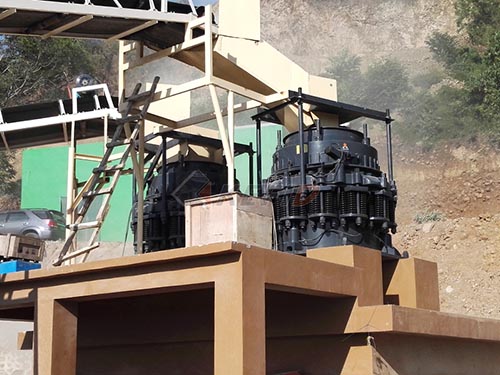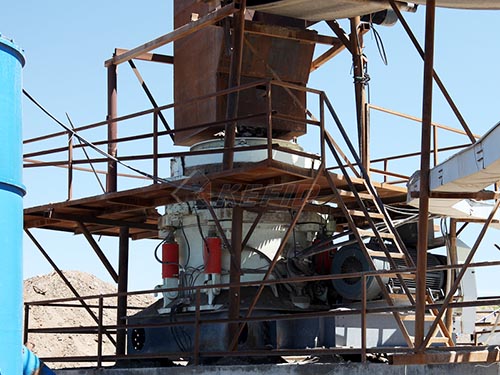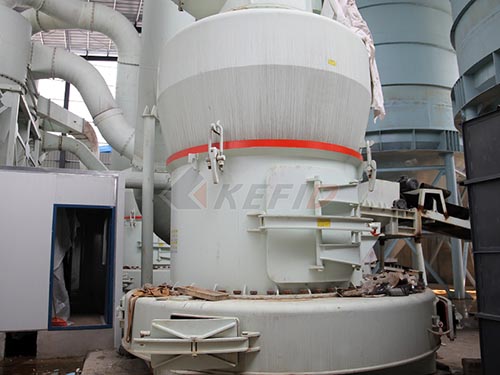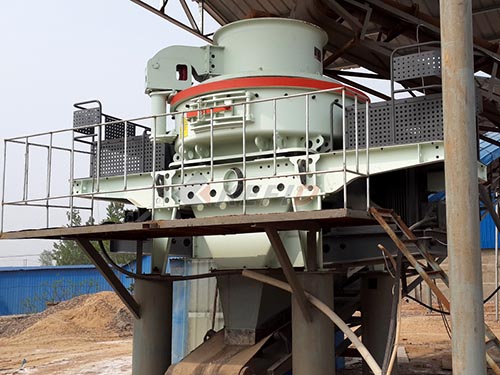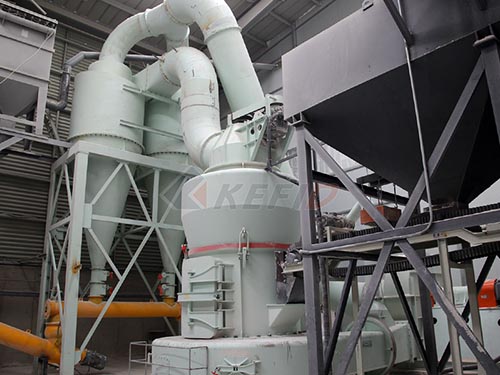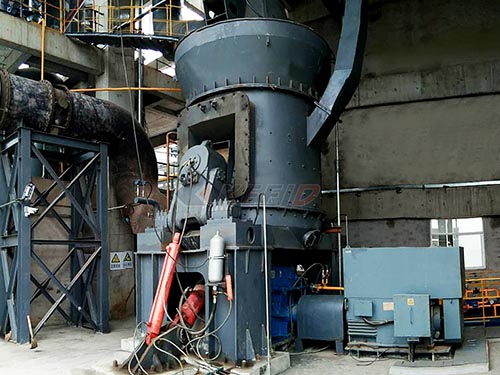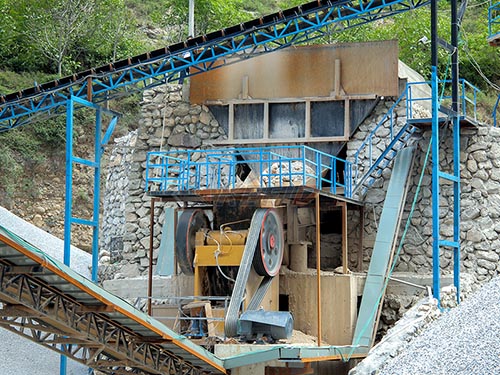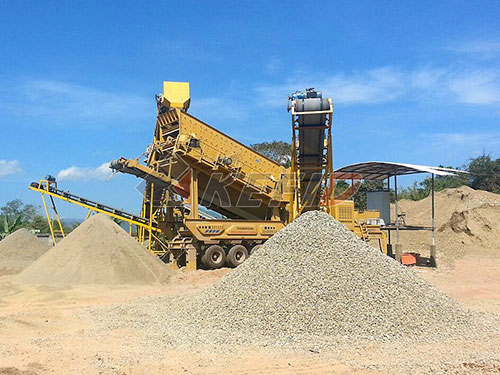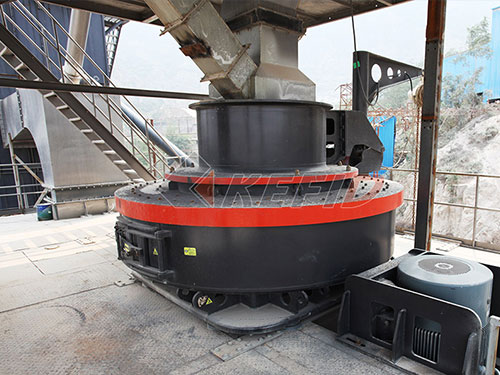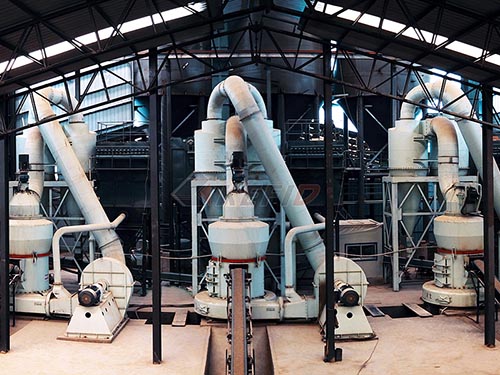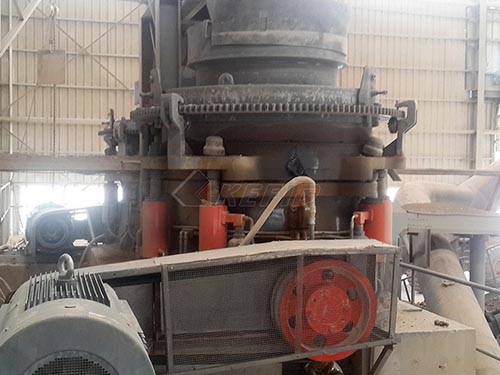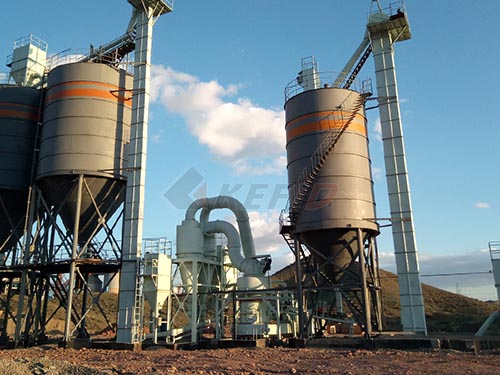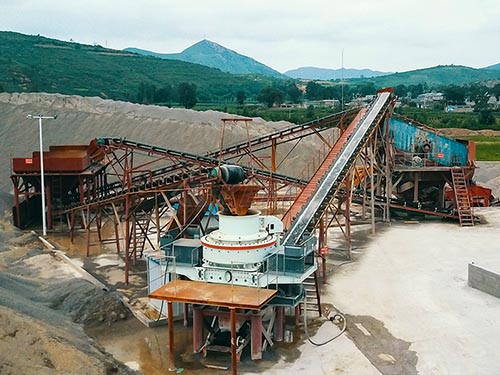The B6X Series Belt Conveyor is a modern conveying system designed for efficient material handling in industries such as mining, construction, cement, and aggregates. Developed by Liming Heavy Industry, it integrates advanced engineering to improve reliability, durability, and performance compared to traditional belt conveyors.
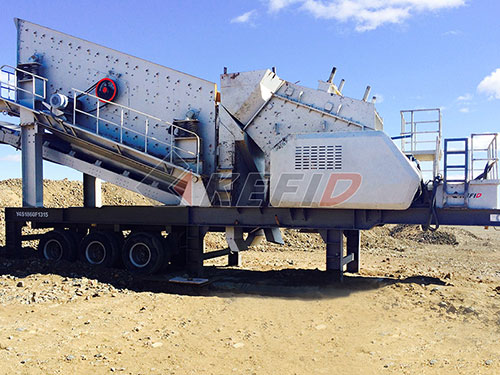
Key Features of B6X Series Belt Conveyor:
1. Heavy-Duty Design
– Reinforced frame and components to handle high-capacity loads.
– Suitable for long-distance transportation of bulk materials (e.g., ores, coal, sand).
2. Advanced Belt Support System
– Uses cantilever-type idlers (instead of traditional channel steel supports) for smoother operation and reduced friction.
– Enhances belt lifespan and reduces maintenance costs.
3. High-Strength Materials
– Made from high-quality steel with anti-corrosion treatment for harsh environments.
– Modular design simplifies assembly and disassembly.
4. Energy Efficiency
– Optimized motor and reducer system minimizes power consumption.
– Low-noise operation for improved workplace conditions.
5. Customizable Configurations
– Adjustable belt width (typically 500–1400 mm) and length to suit specific applications.
– Options for incline/decline conveyors, mobile units, or fixed installations.
6. Safety & Reliability
– Equipped with anti-runaway devices, belt misalignment sensors
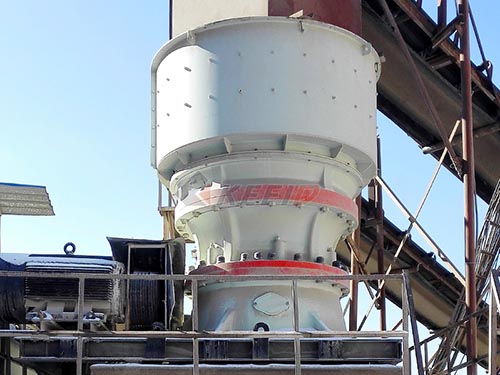
nd emergency stop functions.
– Complies with international safety standards (e.g., ISO, CE).
Applications:
– Mining: Transporting crushed stones, minerals.
– Construction: Moving sand, gravel, cement.
– Ports/Logistics: Bulk material loading/unloading.
Advantages Over Traditional Conveyors:
– Longer service life due to robust construction.
– Lower operational costs with reduced downtime.
– Easier maintenance with accessible components.
For detailed specifications (e.g., load capacity, speed, motor power), consult the manufacturer’s documentation or contact Liming Heavy Industry directly.
Would you like assistance with installation guidelines or troubleshooting?
